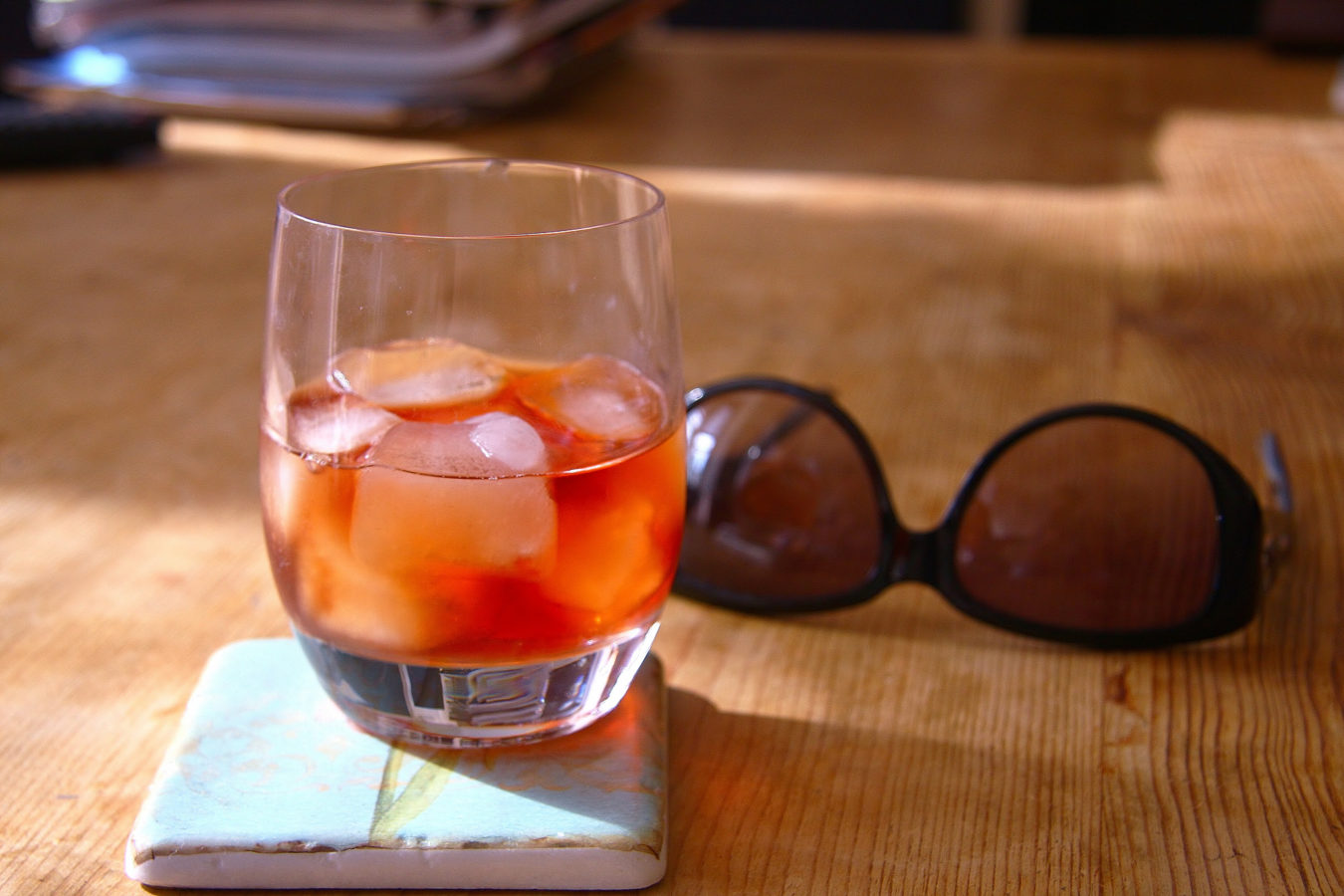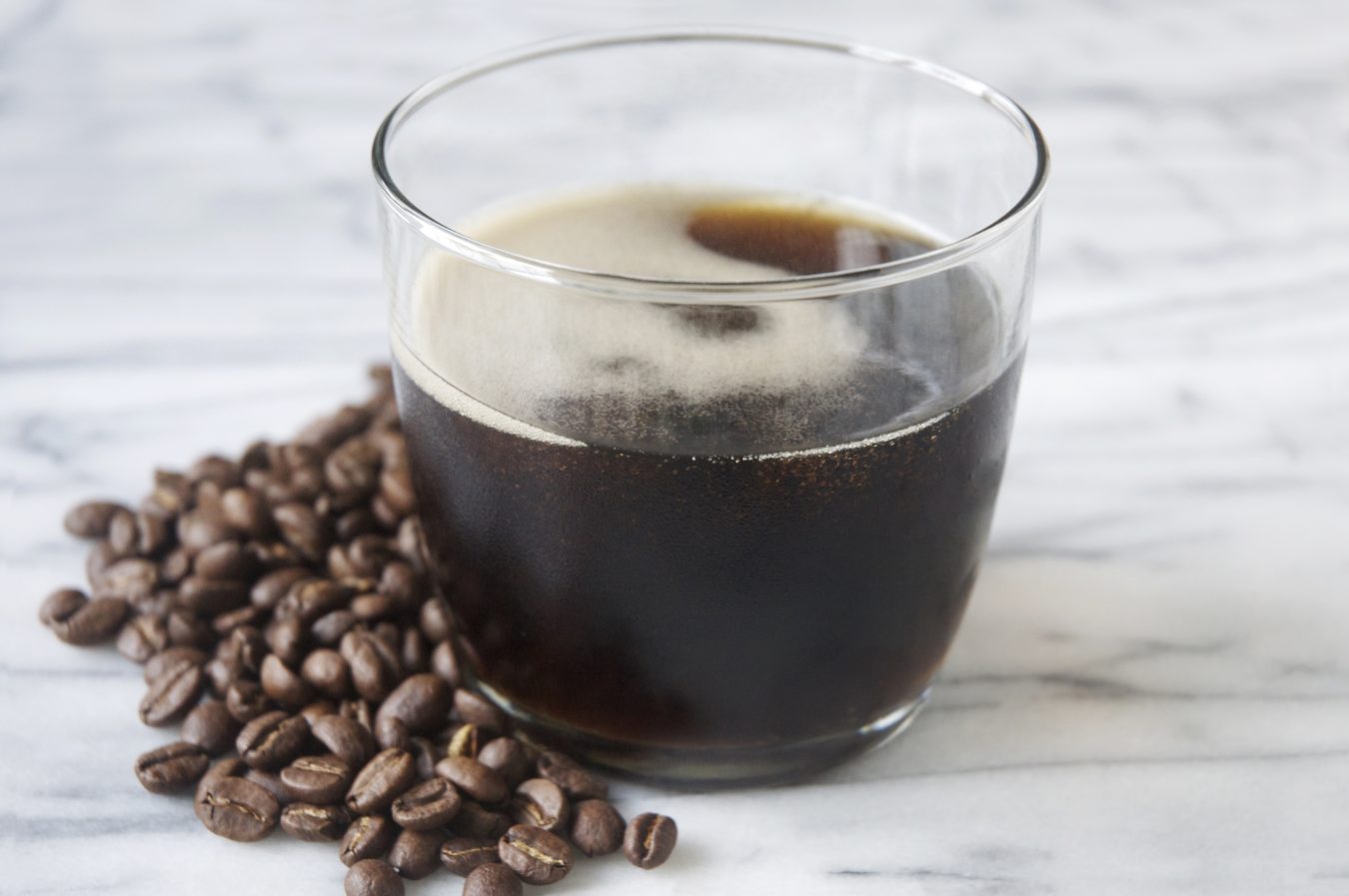Irish soda bread: all the deliciousness of home-baked bread with no need for yeast or kneading. A little bit sweet, a little bit savory, it’s the perfect treat for St. Patrick’s Day. Or any day, really. Though often served as a side with corned beef and cabbage, I also delight in a wedge of soda bread for breakfast (preferably slathered with an unhealthy amount of butter).
Though there are many, many recipes for soda bread that don’t require specialized equipment, I find those made in a Dutch oven are most satisfying; the covered cooking method keeps the dough incredibly moist as it cooks, and the high heat around the exterior makes for an excellent crust that most conventional kitchen ovens just can’t replicate on their own.

My preferred recipe is adapted from a combination of James Beard’s Beard on Bread; The Back in the Day Bakery Cookbook; and takes inspiration for using the Dutch oven from Serious Eats. Because I eat mine for breakfast most frequently, I do add raisins, though those are best left out if you’re serving soda bread as a side dish to something more savory. Caraway seeds, in my opinion, are always a good idea.
- 3 cups flour
- 1 heaping teaspoon of baking soda
- 1 tablespoon sugar
- 1 teaspoon salt
- 5 to 2 cups of buttermilk
- 5 teaspoons caraway seeds (optional)
- handful of raisins (optional)
- Preheat oven to 425F. Line the bottom of the Dutch oven with parchment paper.
- Combine dry ingredients (sans caraway and raisins) in a bowl, whisking to combine. Slowly stir in the first cup of buttermilk with a sturdy wooden spoon (or even better, with your fingers), combining until the flour mixture is just incorporated. Add the remaining ½ to full cup of buttermilk a bit at a time until the dough is soft and sticky. If using, incorporate the caraway and/or raisins with the additional buttermilk.
Note: The total amount of buttermilk will vary depending on the flour you’re using, the kitchen you’re working in, etc. You want to use as little as required to bring the dough together, and try not to overwork the dough as it comes together.
- Turn the dough into the Dutch oven and shape, as needed, into a rounded-top loaf. Score a deep cross across the top using a sharp, thin blade; you’ll want the scores to be about ½ to a full inch deep to ensure they remain as the dough bakes up.
- Cover and bake until dough has risen and top is slightly golden (about 45 minutes). Uncover and bake until top is dark golden color, shy of burnt (about 10 minutes, depending on your oven).
- When the handles are cool enough to handle without scarring yourself, turn the loaf out onto a wire cooling rack and let cool (right-side up) at least 30 minutes. Serve with a healthy slathering of butter and feast.


